Tamara and I consider ourselves moderately advanced when it comes to using public transportation (or so we thought). We are both transportation engineers and use public transit a lot. For us, figuring out a new transportation system in a foreign country is like an awesome complex puzzle that differs in every city. The adventure of using transit in another country is often worth it if you don’t mind sideways looks from locals and occasionally getting dropped off somewhere unfamiliar. Here we outline some of our Peru transportation tips about two of our favorite modes of transport – local daytime buses and overnight buses. Tamara LOVES looking out bus windows and we took plenty of buses so she had plenty of window time.
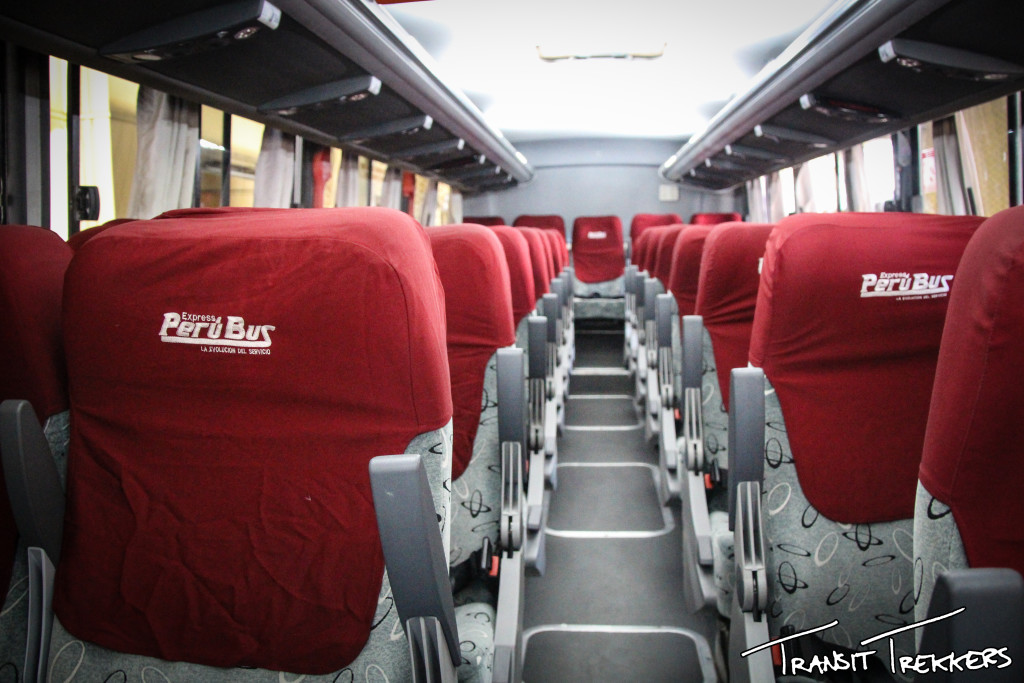
Navigating Local Buses:
Peru’s cities are full of colectivos, or mini buses that charge a small fee (like less than $0.25 per ride). Colectivos have fixed routes but they pick up and drop off basically anywhere. All you need to do is wave them down from the side of the road, generally have an idea where you’re going, and then yell “baja!” when you’re ready to jump off. But beware; if you are afraid of touching strangers this may not be your happy place as they can get really packed.
Here are some tips we learned the hard way. Learn from the mistakes of our journey from central Cuzco to Santa Maria. It should have been a 30-minute bus ride, but ended up taking more like three or four hours.
- Batman Colectivo in Cuzco
- Allow for extra time in plans. We knew we had to take the Batman colectivo (all of the colectivos in Cuzco have fun names – Batman, Pegasus, Rainbow, Zorro, etc.) but we weren’t sure where or when or which direction. We finally stalked a Batman until it stopped and we jumped on. Of course we were going the wrong direction.
- Ask early and often. After riding the Batman all the way to the top of the hill and getting kicked off so the driver could eat his lunch, we finally found one going in the correct direction. After about 30 minutes we thought we went too far so we hopped off and started backtracking by foot. If we had asked the driver or just about anyone on the bus they could have told us that we had actually gotten off at the exact stop we needed. Alas we were too nervous and/or stubborn to ask anyone so we ended up getting some exercise. After about 30 minutes of walking, we were pretty sure we went too far the other way and turned around again. At this point we started asking people for directions – a little too late.
- Ask several people and expect conflicting responses. Of all the people we asked for directions, not a single one said “I don’t know”. They all gave very confident (but differing) directions to send us on our way. This was frustrating but we finally learned that the more people we asked the more they started to sound somewhat consistent. The Peruvian people were very willing to help and were certainly patient with my broken Spanish.
- Use landmarks to figure out where you are. We use Google Maps offline on our phones, which sometimes can even show you where you are using GPS. It was really helpful to find landmarks like schools, hospitals, airports, parks, etc. to guide us. We also relied on large bends in the road, river crossings, and railroad tracks to figure out exactly where we were and which direction we needed to go.
- Street names don’t always match up. What is shown on Google Maps is not always what the street sign says and they both might differ from what locals actually call it. And what is shown as a big major-looking road on Google Maps may actually be just a staircase in real life. Also, many streets won’t have a physical street sign on it so be prepared for that.
Over three hours later we finally found our destination. It was a good thing we pack light and don’t have massive packs to lug around. After all this trouble, I’d still take traveling via colectivo over a taxi any day. The ride back to Cuzco a few days later was much smoother.
Surviving Overnight Buses:
When you’re faced with a 12-hour bus ride, you might be a little worried about being able to pass the time. Peru actually has really nice long-haul buses and if you have the option to take an overnight bus, I’d recommend it. With a fully reclining seat, individual TV equipped with movies and music, halfway decent meals, and a bathroom that doesn’t totally smell, Cruz del Sur hooked us up with a pleasant overnight bus ride. Here come the tips:
- Spring for the full cama (full bed) seats. These roomy leather seats recline 160 degrees and are much bigger and cushier than a typical bus seat. Think first class airline seats (like I’d know) but better. It makes a big difference and let’s you get some shut-eye.
- Cruz del Sur full-cama seats
- Avoid the back row. The very last row in the bus does not recline all the way back. If you get a choice, I would recommend the front row since there is no one sitting in front of you leaving a bit more space to get cozy.
- Don’t expect to be on time. If you’ve already decided to take a 18 hour bus ride instead of a 90 minute flight, chances are time is not your biggest constraint. But still be warned that these long buses are regularly 30-60 minutes late in departing. Sometimes they are able to make up the time in route but you may not arrive perfectly on time. Just don’t book anything crucial immediately after the scheduled arrival time.
- Keep an eye on your stuff. If you have a big bag that needs to go in the luggage hold under the bus, you don’t have a close watch over it. It’s very normal for the bus to stop in the middle of the night and pick up more passengers from what looks like the middle of nowhere, and they have to open the luggage compartment. For this reason, we always pack light and carry our stuff on with us. We usually sleep with our bags under our seat and cable locked to the legs of the seat. I also keep a foot on my bag to make sure it doesn’t try to get up and walk away from me. All this said, the overnight buses we took felt very safe and I wasn’t super worried, but it’s good to stay vigilant and keep an eye out for potential Sketchy Steves.
- Get some snacks for the ride. In general, Peru has very good food, and they serve you some pretty legit microwaved meals on the bus. But it’s always smart to have a backup supply of food that you know is stomachable.
- Cruz del Sur Overnight Bus Food – tasted better than it looks
One final note on the drivers in Peru – they are crazy. Be very careful and attentive when crossing the street because you can’t be sure they’ll stop for you, even if you have a little green man telling you it’s ok to walk. They also use their car horns A LOT. Here are a few reasons why a vehicle may be honking in Peru:
- Go
- Don’t go
- I’m going
- I can’t see you
- You can’t see me
- Speed up
- Slow down
- Get out of my way
- Do you want a ride?
- I’m not stopping
- I’m passing you
- Don’t pass me
- Screw you!
- Cow!
- Horse!
- Dog!

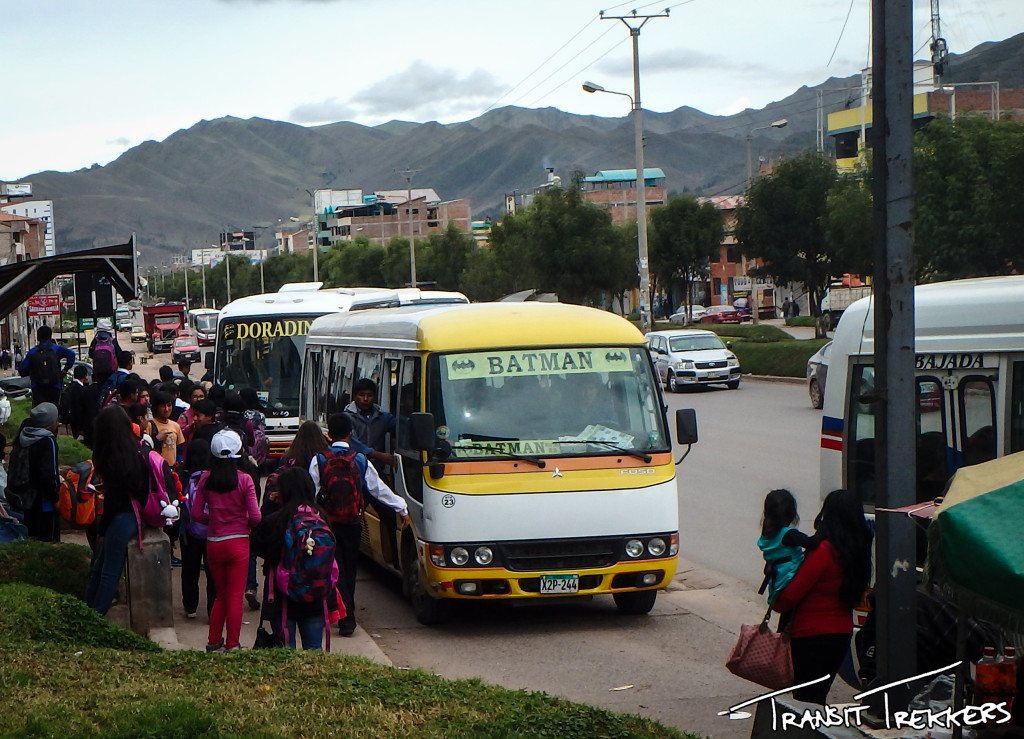
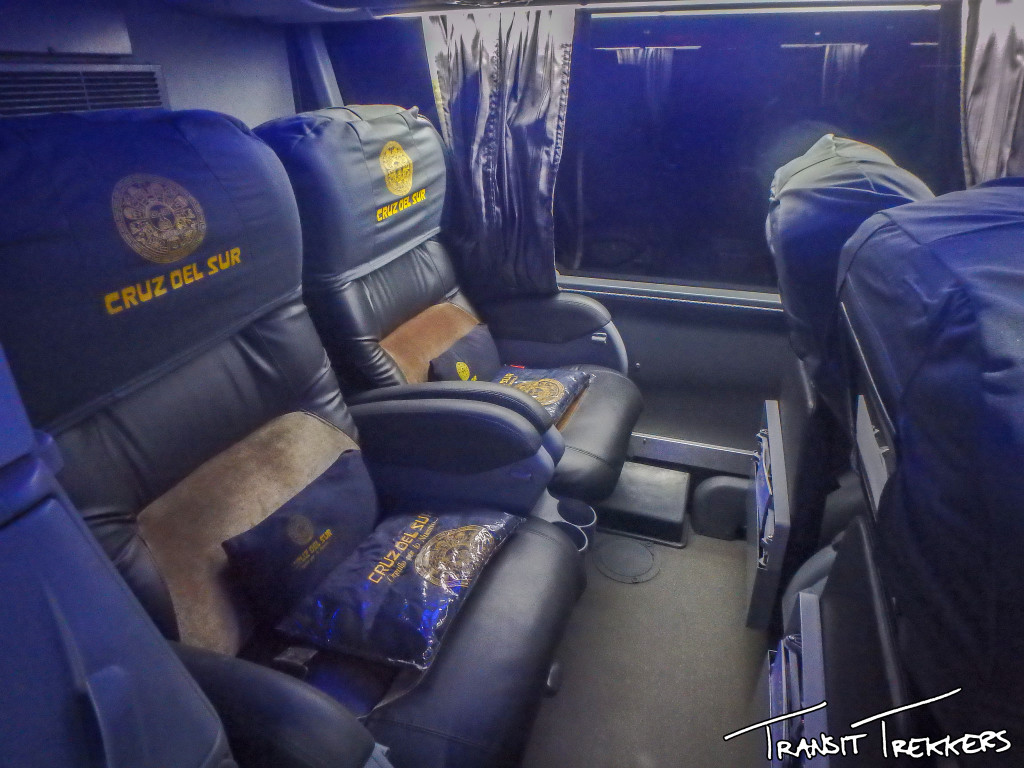
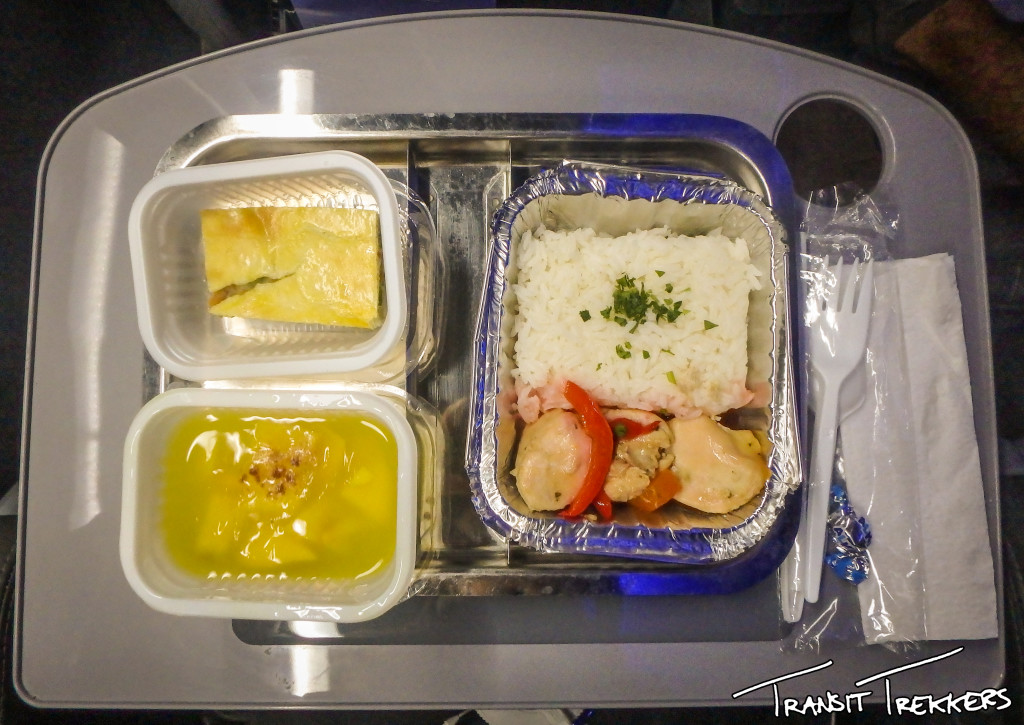
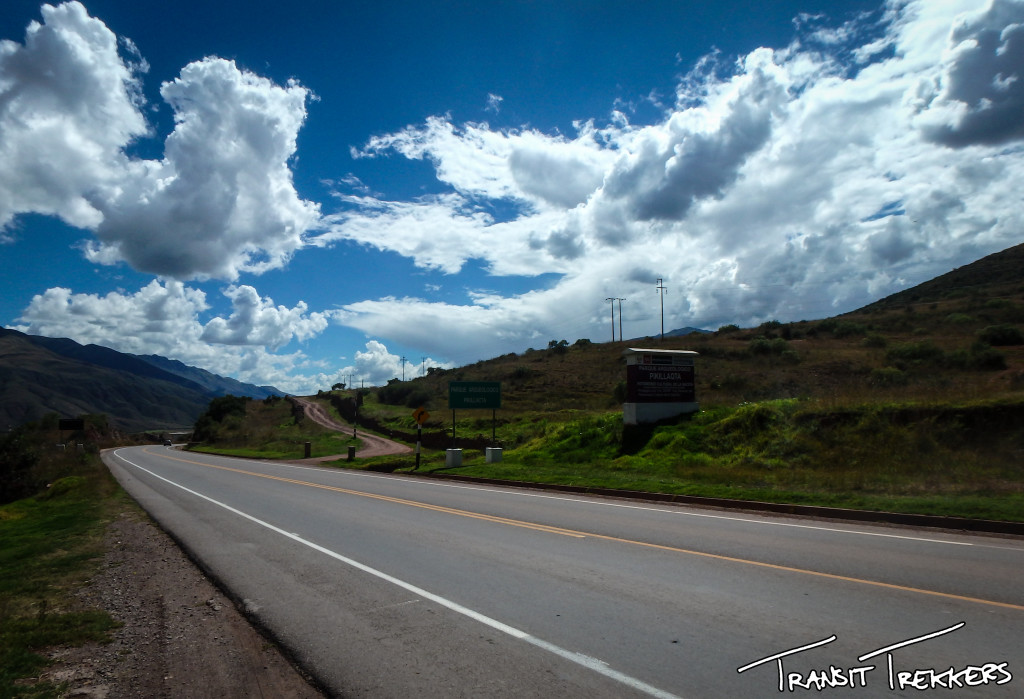
September 28, 2015 at 7:17 AM
Hi, Tamara & Mikey!
Thanks for the tips!
The pope told fans who drove from Argentina to Philadelphia to see him that they were nuts! LOL
Have fun in Buenos Aires! Happy Trails!
Love,
“Auntie” Ann